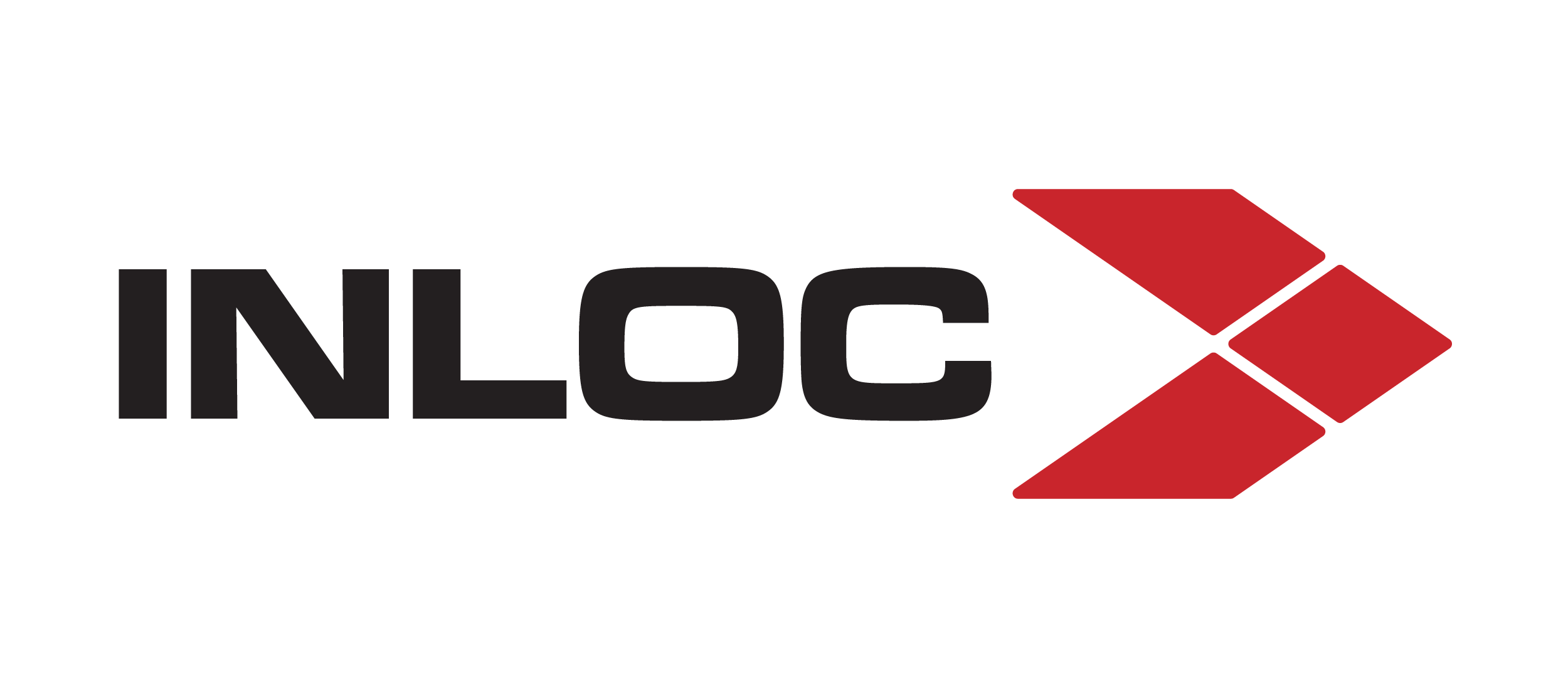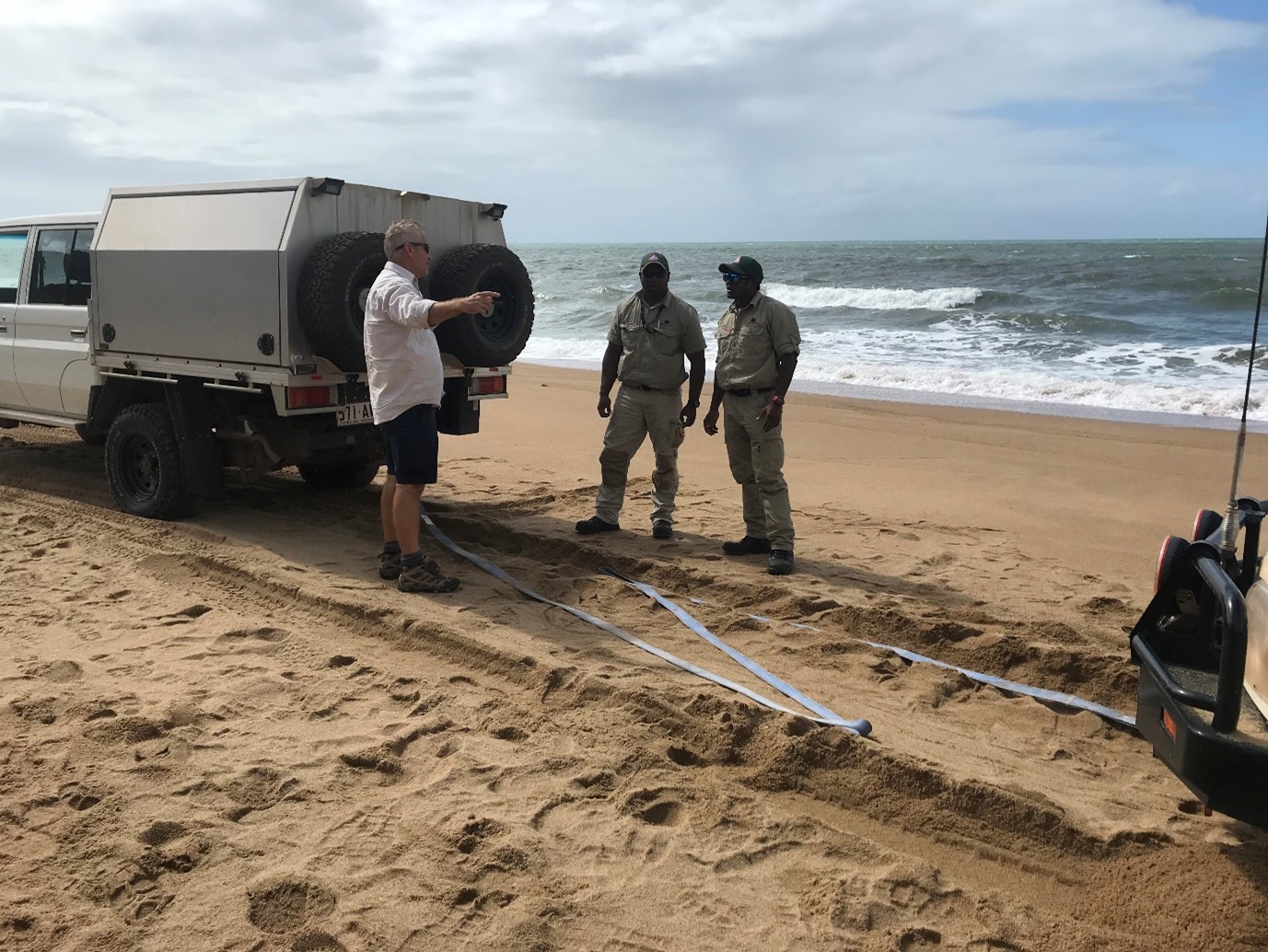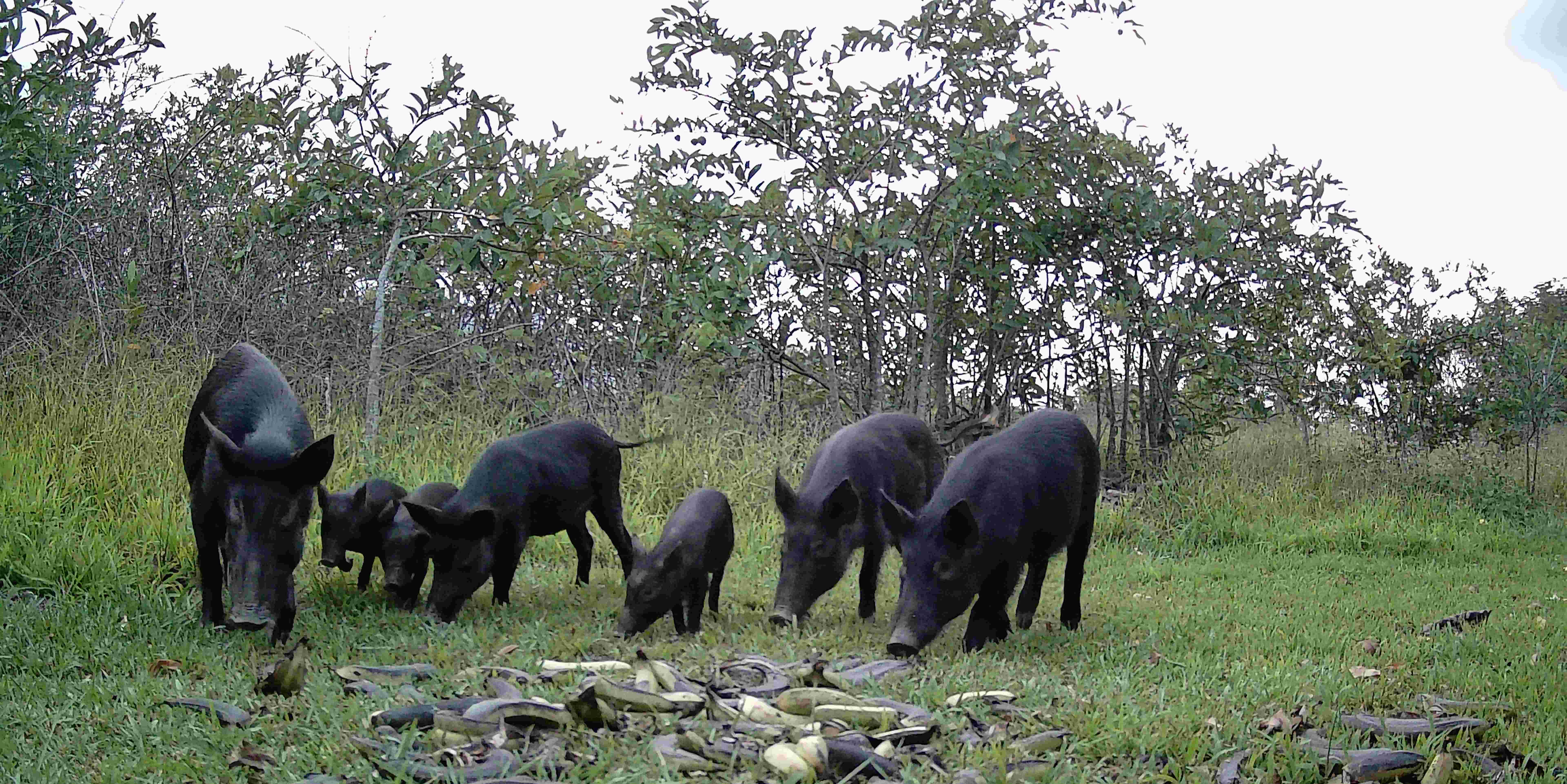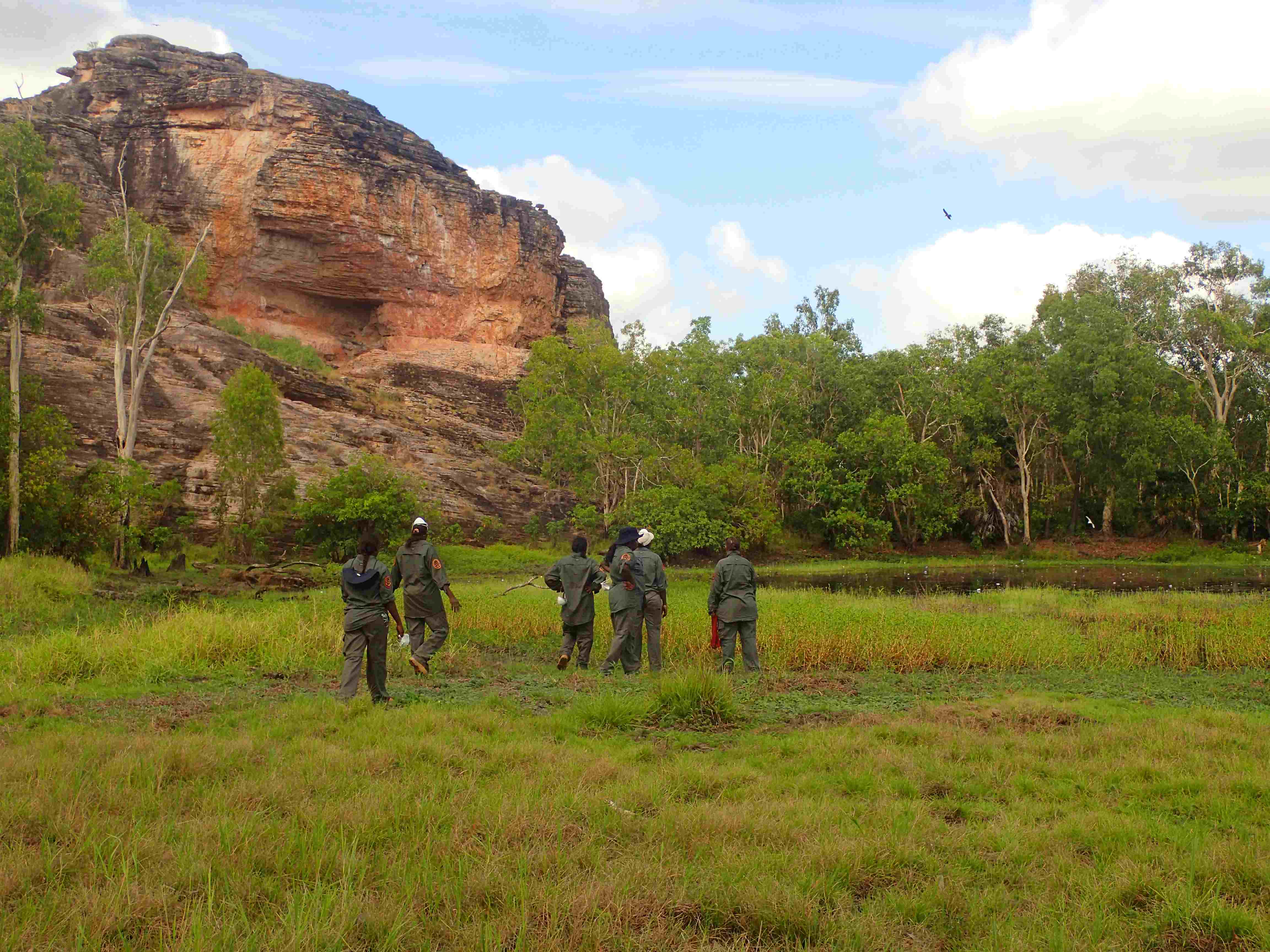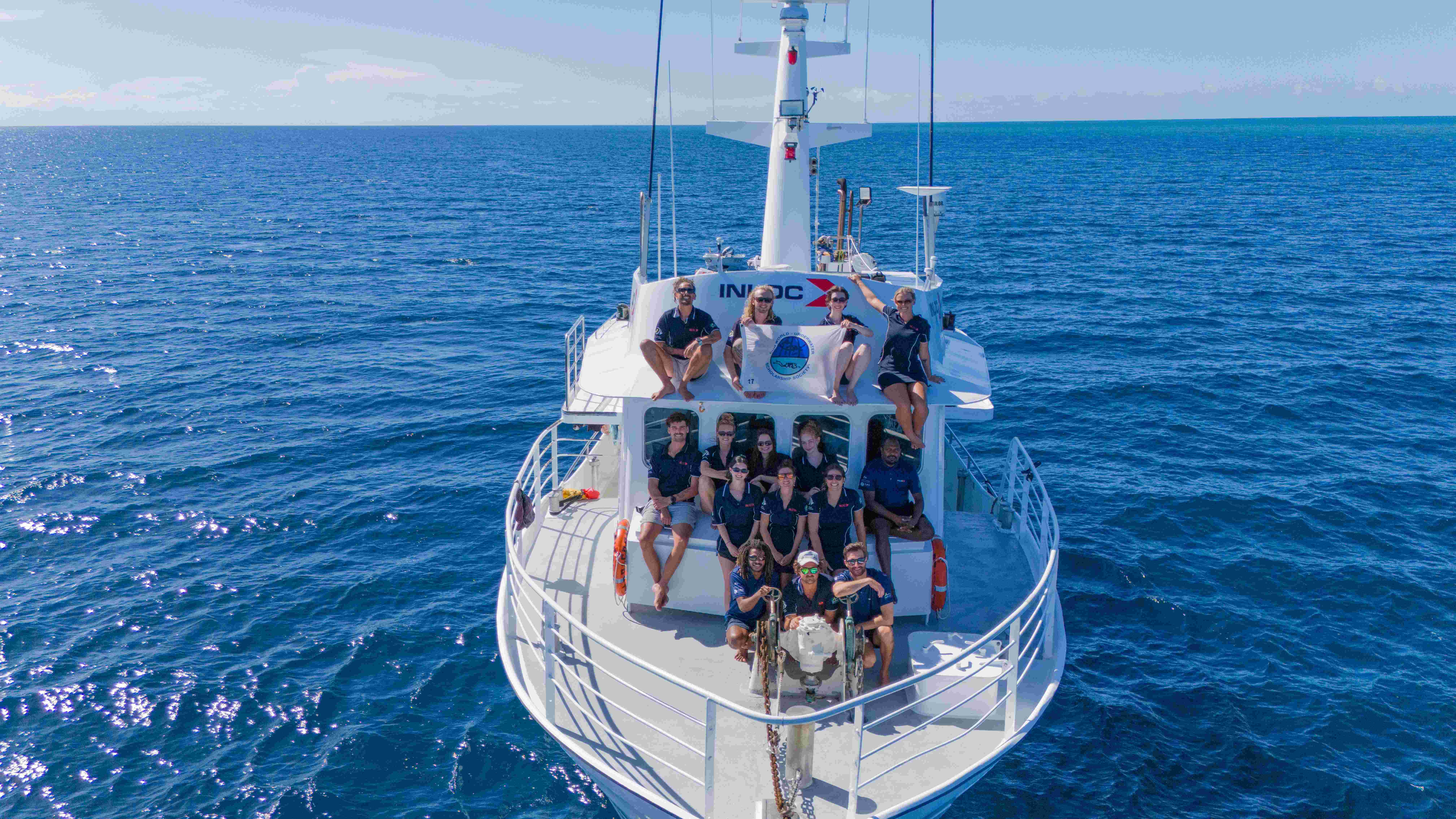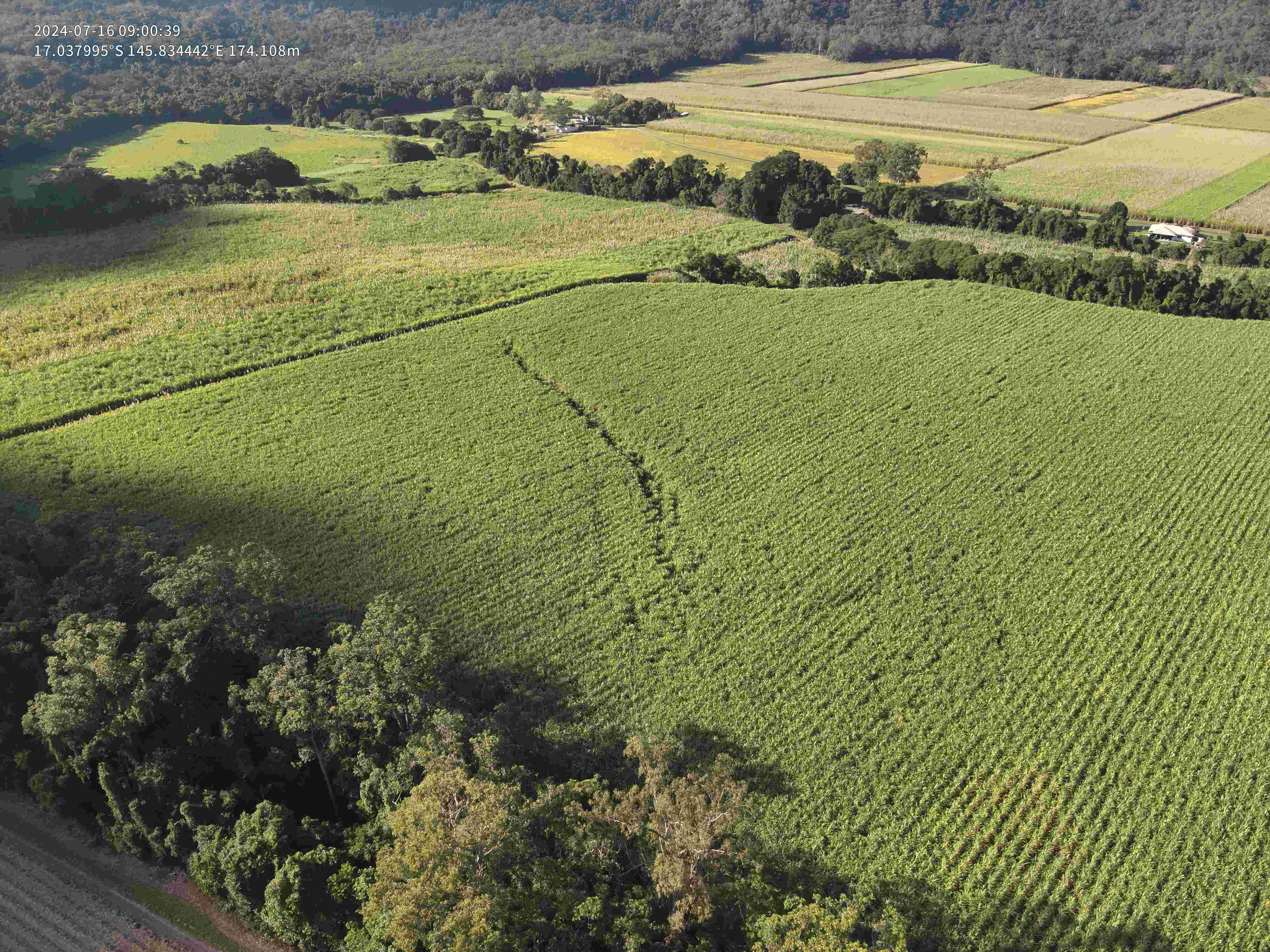4WD Training Is About Much More Than Just Driving Off-Road
When people think about 4WDs, they often imagine adventure — crossing rivers or exploring rugged country, all in the name of fun and excitement. But for many of those living in remote Australia, four-wheel driving isn’t about the thrill but about daily necessity. A task that carries serious risk if done without the right knowledge and experience.
4WD training is designed to equip participants with the practical skills needed to operate vehicles safely in off-road and remote conditions. But beyond just learning basic knowledge and skills, the course is meant to instill confidence and a problem-solving ability in the students. It will shine light on a deeper respect for terrain, vehicle limits, and safety protocols.
A Practical Skill for Real-Life Conditions
For people working on Country or in remote coastal and inland areas, being able to drive safely through rough terrain is essential. Getting bogged, damaging your vehicle, or misjudging a track can lead to delays, damage, or even injury. 4WD training helps prevent that — providing the tools necessary to make smart calls before, during, and after a drive.
It’s a course that combines practical driving skills with real-world decision-making: how to prepare your vehicle, manage recovery situations, reduce environmental impact, and stay calm under pressure.
Here are some examples of how these skills apply in real-life scenarios:
A Marine Crew Driving to Remote Boat Ramps
• Early morning launches on unsealed roads can include water crossings, beach driving, or washed-out access tracks. 4WD training ensures the team knows how to reach the site and return safely — even when conditions change.
A Ranger Travelling Through Country
• Cultural site visits, fencing inspections, or fire management might require navigating through variable terrain. Knowing when to reduce tyre pressure or avoid a track altogether can protect the vehicle — and the person driving it.
A Community Worker Between Outstations
• If a vehicle breaks down in the wrong place, it can lead to delays, costs, and even danger. 4WD training builds self-reliance and teaches you how to manage incidents calmly and safely by yourself.
What’s Taught in a Standard 4WD Training Course?
🔧 Vehicle Preparation
• Understanding your vehicle’s 4WD system (manual or automatic engagement)
• Tyre pressures for different terrain (sand, mud, gravel)
• Recovery gear: what to carry and how to use it
• Checking fluid levels, underbody, and key systems before remote travel
🛣️ Driving Techniques
• How to engage/disengage 4WD and when to use low range
• Negotiating inclines, declines, ruts, and water crossings
• Correct braking and throttle control on varied surfaces
• Reversing in tight or uneven conditions
🆘 Recovery and Emergency Procedures
• Safe winching and snatch strap recovery
• Identifying when not to attempt recovery without help
• Communicating clearly with passengers or co-workers
• Understanding risk management on the road
🌿 Environmental Awareness
• Minimising impact on fragile landscapes
• Driving respectfully through Indigenous lands or conservation areas
• Recognising signs of vehicle stress before mechanical failure
Who Benefits From 4WD Training?
This training supports anyone who needs to operate a 4WD as part of their work or community responsibilities. It’s especially relevant for:
• Land management officers and rangers
• Indigenous community workers or Traditional Owners
• Construction and civil contractors working off-grid
• Marine workers or divers accessing remote boat ramps or coastal sites
• Health or community service providers travelling between outstations
• Emergency response teams or wildlife officers
• Training participants in environmental, mining, or defence-related fields
You don’t need years of experience to do a course like this. In fact, many people start with little to no off-road knowledge — and walk away feeling more capable and prepared.
What People Really Take Away
There’s a sense of calmness that comes from knowing exactly what to do when things go off track and that’s one of the biggest outcomes of this training.
People often finish the training feeling not only more skilled, but more confident, and it shows. They become the go-to drivers for their team and they are then in the position to step up and help mentor others. They become better equipped to be given the opportunities to work in roles that require both independence and responsibility. And it creates a feeling of ease among the team knowing the drivers are safe and capable.
It’s a skill that can open doors to further training, employment, and leadership opportunities — especially for those working across Country.
Driving With Purpose
At the end of the day, 4WD training isn’t about getting a ticket or ticking a box, it’s about keeping people, vehicles, and communities safe. It’s a practical, empowering, and informational step for anyone working or travelling in remote Australia.
Because out there, driving isn’t about adventure — it’s about getting the job done, getting home safely, and knowing how to care for the places you pass through along the way.
